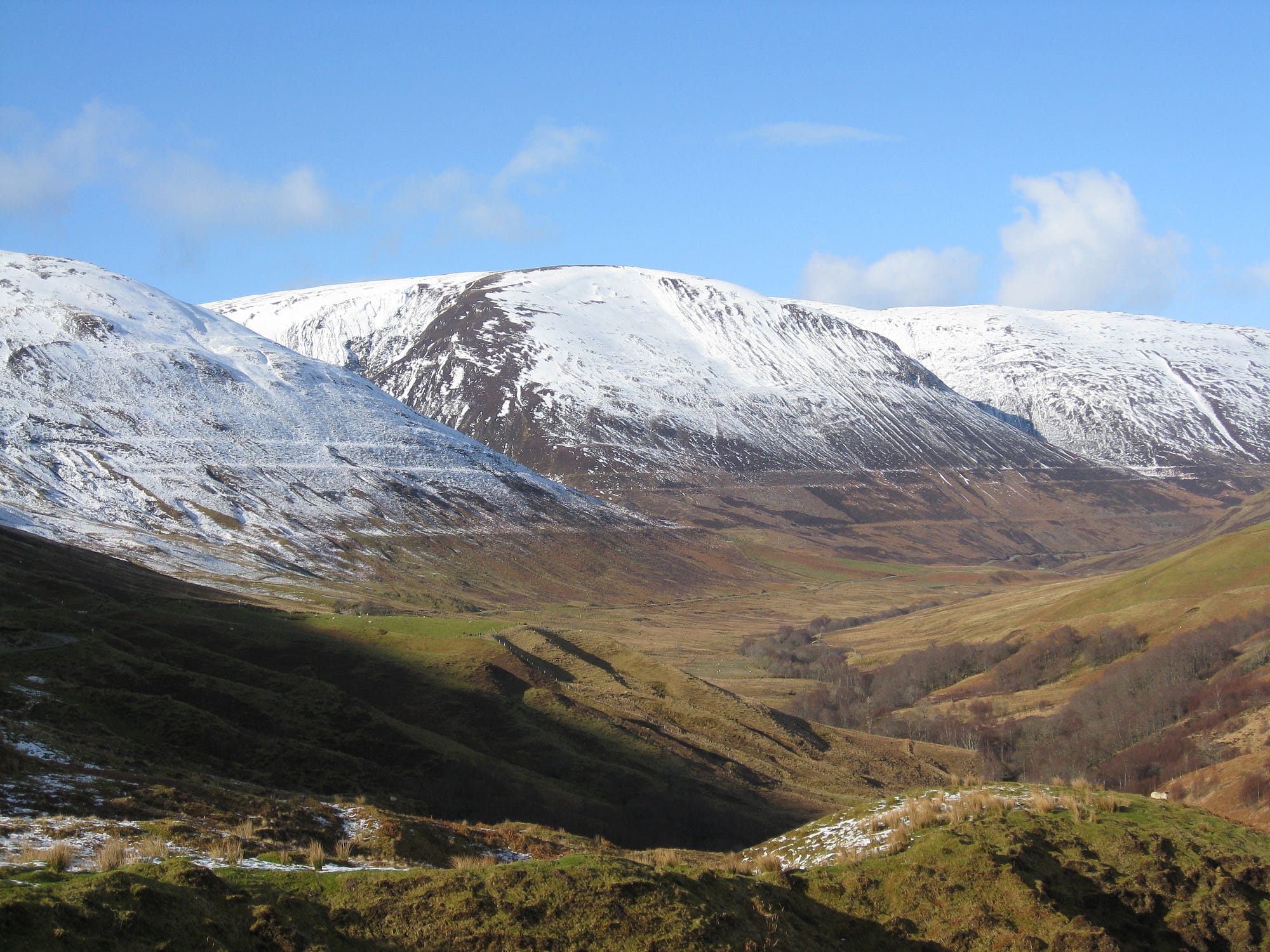Originally published at The Guardian on 11 March 2015.
source: https://medium.com/

The Parallel Roads of Glen Roy, Highland Region, Scotland, highlighted by recent snowfall. (Credit: Richard Crowest/CC BY-SA 3.0)
It’s inevitable: as science progresses, controversy happens. But sometimes, the public sees controversy where none exists. How to remedy that?
Science is often thought of as simply a collection of facts which has been handed down to us by some great authority in the past”, says meteorologist Paul Williams, a Royal Society university research fellow at the University of Reading.
“But of course, the reality is a lot more complicated than that.”
In reality, science is a human endeavour that is built upon a constantly-growing knowledge base. As our knowledge increases, we gain greater insight into the world around us, we improve existing technologies and develop new ones that, in turn, generate more knowledge. It is this struggle to incorporate what was known and what is now known that creates controversy.
Take, for example, climate change. Climate is defined as the average pattern of variations in temperature, humidity, wind, precipitation, and other meteorological variables within a specific region over extended periods of time. Thus, climate change is when the patterns of these variables deviates away from average for protracted periods of time.
“The fact that the climate can change was once very controversial amongst the scientific community, and of course, it still is controversial today — not in the scientific community anymore but amongst the general public”, notes Dr Williams.
Despite public controversy, there is evidence all around us demonstrating that climate is, indeed, changing, and these changes can be quite dramatic. But this is nothing new. One such climate change lesson comes from antiquity, from the “Parallel Roads” of Glen Roy. These are three parallel terraces that resemble man-made roads running along the inside of a valley in the Scottish highlands.
“Charles Darwin came here in 1838, fresh from his voyage with the Beagle to South America, where he was sure he’d seen similar features along the hillsides, which had shell sands on them, which he, I think, correctly interpreted as having been beaches that had lain at sea level”, says geoscientist Geoffrey Boulton, a Regius Professor Emeritus at the University of Edinburgh in Scotland.
“[Darwin] came here and was convinced he was seeing the same thing. Indeed, he published a paper in the Royal Society’s Philosophical Transactions saying exactly that in 1839.”
Despite having accurate data to work with, Darwin came to the wrong conclusion in this particular case. As we now know, these terraces were shorelines of an ancient freshwater lake that formed behind a glacial dam after the last great ice age. The lake itself only existed for 1,000 years or so, but even this short lifespan was enough to make an indelible mark on the landscape.
And scientific publishing played a critical role in formally correcting Darwin’s mistake in the scientific record.
In this video, Professor Boulton and Dr Williams explore “the consensus gap” that exists between the scientific community and the public, why accurate data are critical to the scientific record, and why “science has to be an open public enterprise rather than one contained behind closed laboratory doors.”
Science stories — Controversy. (Video by The Royal Society.)
This film is part of a series of science stories that celebrate 350 years of scientific publishing by the Royal Society. You can find The Royal Society on twitter @RoyalSociety and Royal Society Publishing is also on twitter @RSocPublishing
Darwin, Charles. (1839). Observations on the Parallel Roads of Glen Roy, and of Other Parts of Lochaber in Scotland, with an Attempt to Prove That They Are of Marine Origin, Philosophical Transactions of the Royal Society of London, 129 39–81 | doi:10.1098/rstl.1839.0005
by GrrlScientist for The Guardian | @GrrlScientist
GrrlScientist is very active on twitter @GrrlScientist and you can follow all her writing by subscribing to her TinyLetter
GrrlScientist Evolutionary ecologist & ornithologist, science journalist. Contributor: Forbes & Evolution Institute. Formerly: The Guardian & BirdNoteRadio. Always: Ravenclaw
Originally published at The Guardian on 11 March 2015.
source: https://medium.com/
To help do something about the climate change and global warming emergency, click here.
Sign up for our free Global Warming Blog by clicking here. (In your email, you will receive critical news, research, and the warning signs for the next global warming disaster.)
To share this blog post: Go to the Share button to the left below.
Be the first to comment
Sign in with